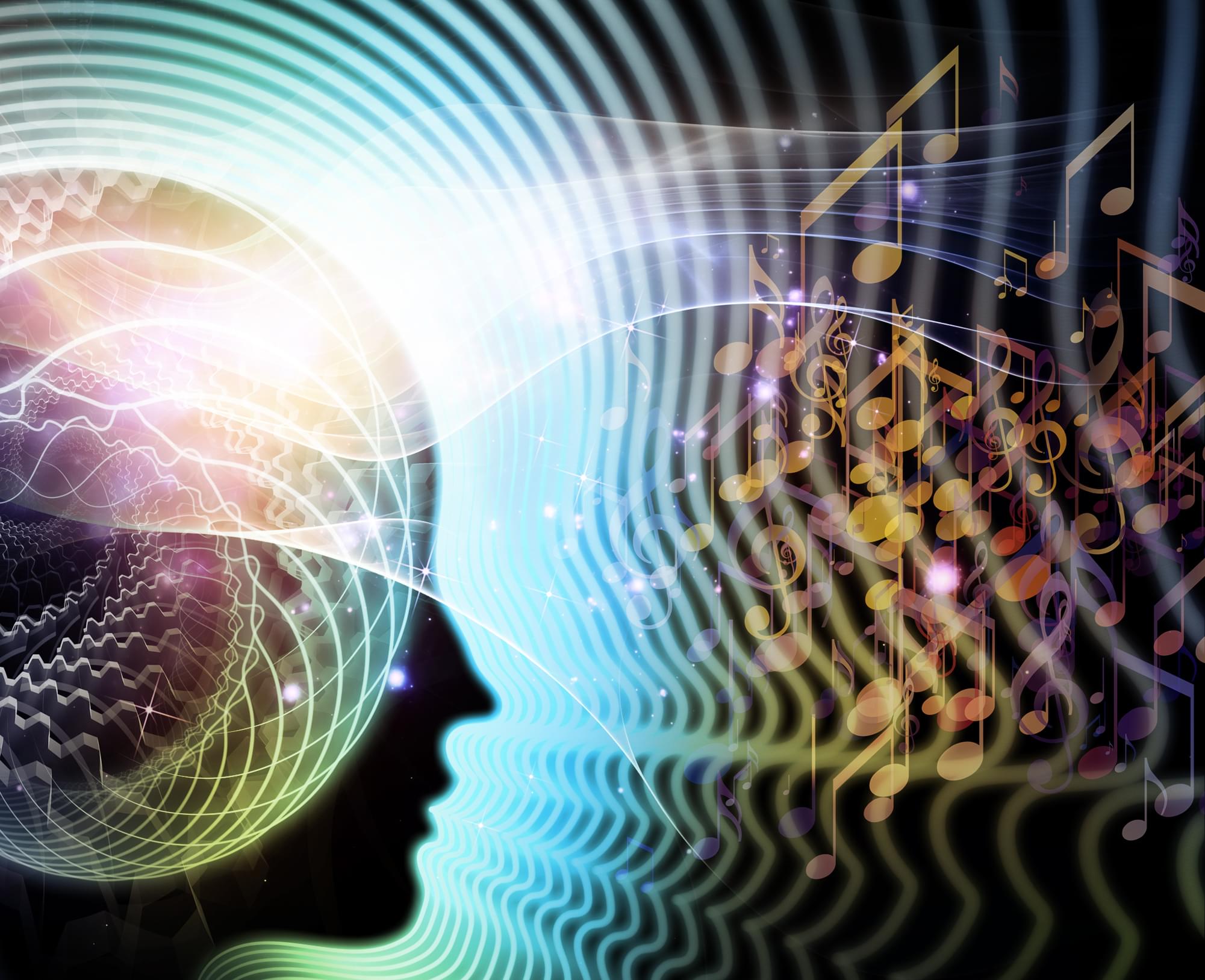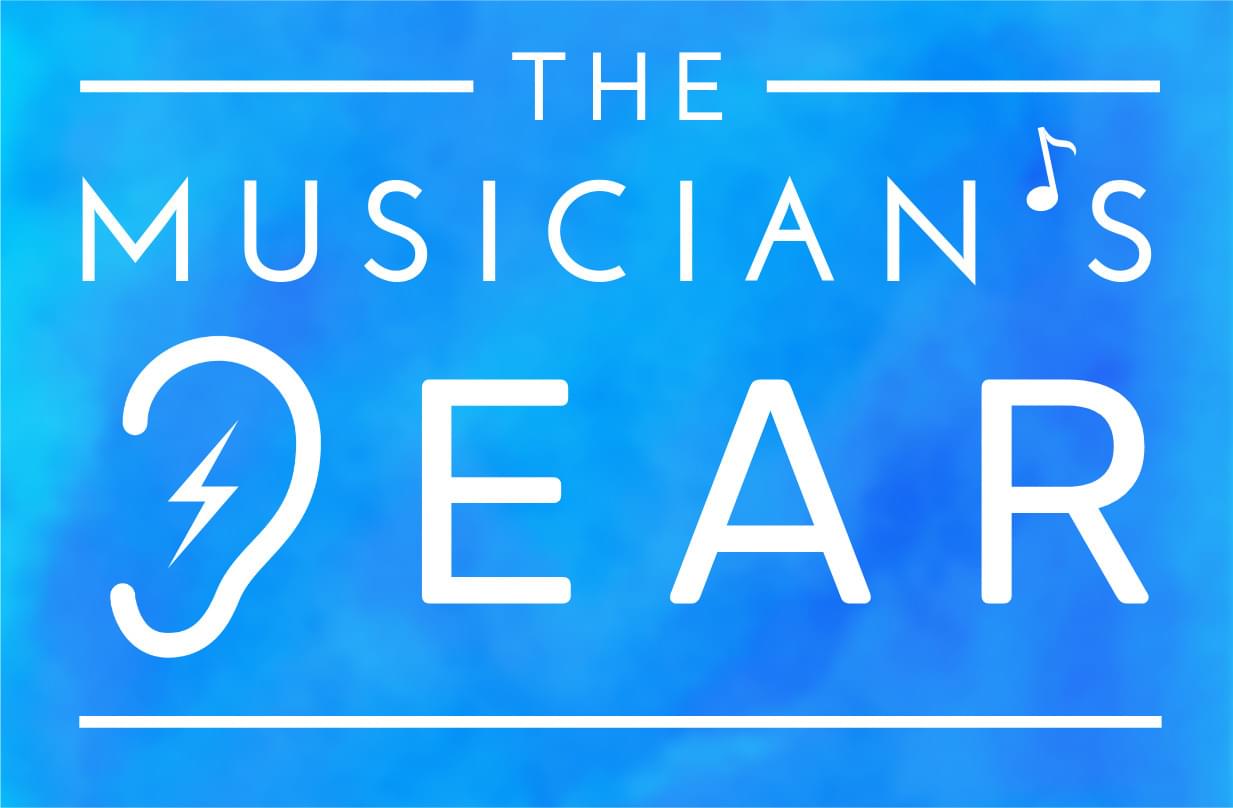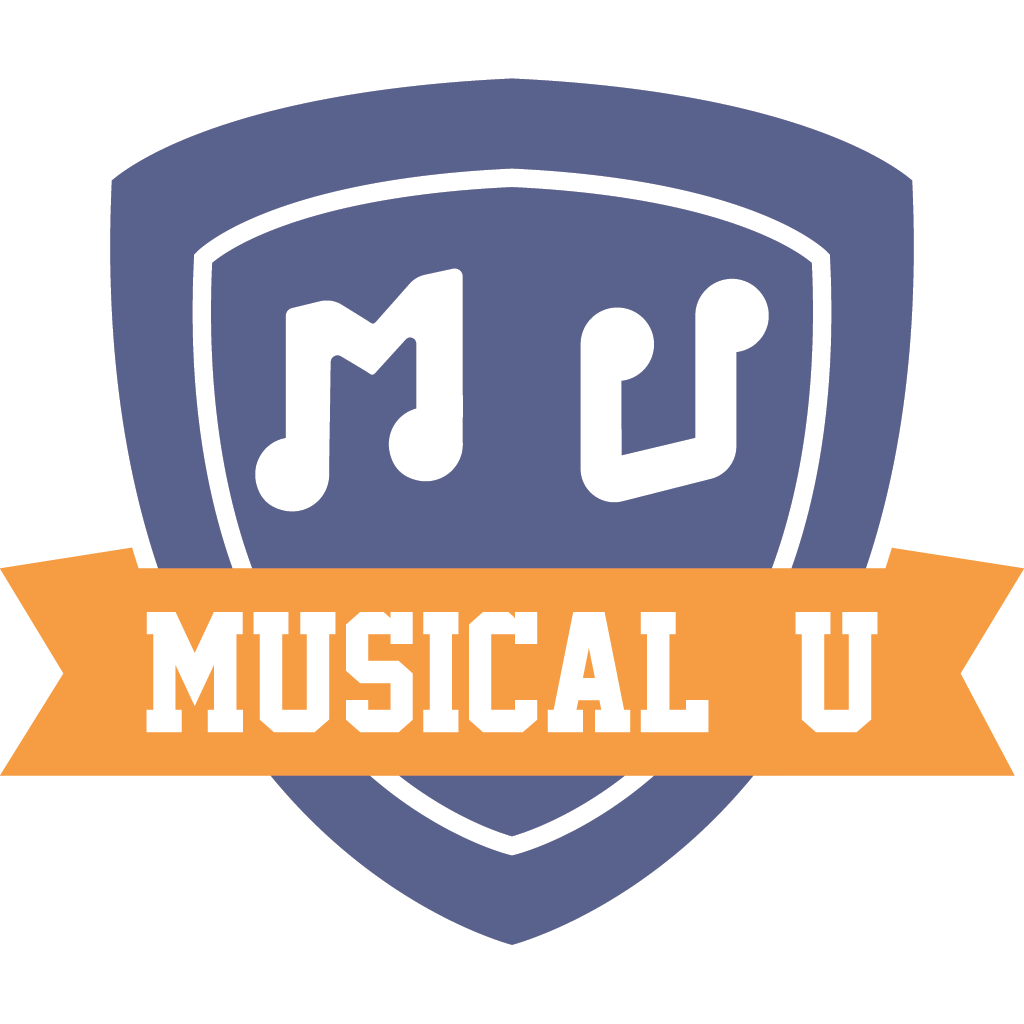
As Seen In:


LAUNCH WEEK SPECIAL - Don't Miss These Exclusive Discounts And Bonuses!
Offer Ends Midnight Pacific Time on Sunday 5th May 2019.
New course transforms how you experience music and gives anyone "the musician's ear" - in just weeks.
Can you remember the first time a piece of music blew your mind?
You were utterly absorbed in the sound, fascinated and captivated by what you were hearing.
For a few minutes the entire world went away and all you knew was the music all around you.
Maybe it was the first song you ever heard by your all-time favourite band...
Maybe it was the first time you listened to music on really high-quality headphones...

Maybe it was an unforgettable concert that absorbed you completely in the moment and stayed with you for days…

What if every time you listened to music it was like that?
It can be.
Here are some signs that you're hearing much less than you could be (see if any of these sound familiar):
- When you listen to a song you're only really aware of what the singer's singing and maybe a couple of other things that are going on.
- If someone asks you to describe a piece of music you can say a few things about it - but you feel like you're severely lacking in adjectives (songs you love are always "great", "cool", "different") and most of what you say is opinion and emotion rather than anything concrete about what's going on in the song.
- When it comes to playing music yourself you struggle to memorise new pieces and it can be easy to lose your place or get confused about where you are or what comes next.
-
You can normally identify some of the instruments present but you can hear there’s more there that you can’t quite pin down - and you find it hard to tell different instruments apart when they're from the same family (e.g. saxophone vs. trumpet, violin vs. cello, bass guitar vs. upright bass)
-
If you try to imagine a song in your head all you get is a very minimalist and vague sense of bits and pieces - nothing like the full recording you've heard.
- Sometimes you can tell that one song is "like" another one, or a song will remind you of a particular band, or you think maybe it belongs to a certain genre - but you have no way to explain why you think those things or be confident that you're saying something that experienced musicians would agree with.
-
You absolutely love music - but you feel nervous or hesitant to discuss it with other people who love music because you feel so limited in what you can say about it or if you're even hearing it the way you're "meant to".
You've probably met musicians who don't seem to struggle with any of this. In fact...
They seem to hear music in a completely different way to you.
They can describe music in intricate and fascinating detail, even after just hearing it once.
And we're not talking trivia, or obscure music history knowledge!
We're talking about hearing all kinds of things happening in the music itself - things that you didn't hear at all!
Where you say:
“I love this song! It has such a great beat. Always makes me want to dance. Love that little guitar bit too.”
… they can say something more like:
“Oh yeah, this is a great pop punk track. The drummer plays that back beat 2-and-4 with such energy, it really drives the verses along. And then that snare fill right before the chorus always makes me want to start jumping.
It’s cool how instead of using the typical distorted guitar power chords throughout this song actually switches to that light, ascending acoustic guitar riff in the choruses - that gives it a really distinctive sound.”
You know that part of this skill comes from knowing some terminology and little bits of music theory - but it seems like it's mostly just about being dramatically more aware of everything that's happening all at once in the music, and how it all relates.
The good thing is that once they point out these interesting aspects of the music you can hear it too! And the song comes to life in a new way for you.

You get a glimpse of what it would be like to have the ears of a trained musician...
BUT when you don't have that expert alongside you to guide your attention, point things out and explain them, you still just hear an overall blur of sound.
So how do their ears do what they do?
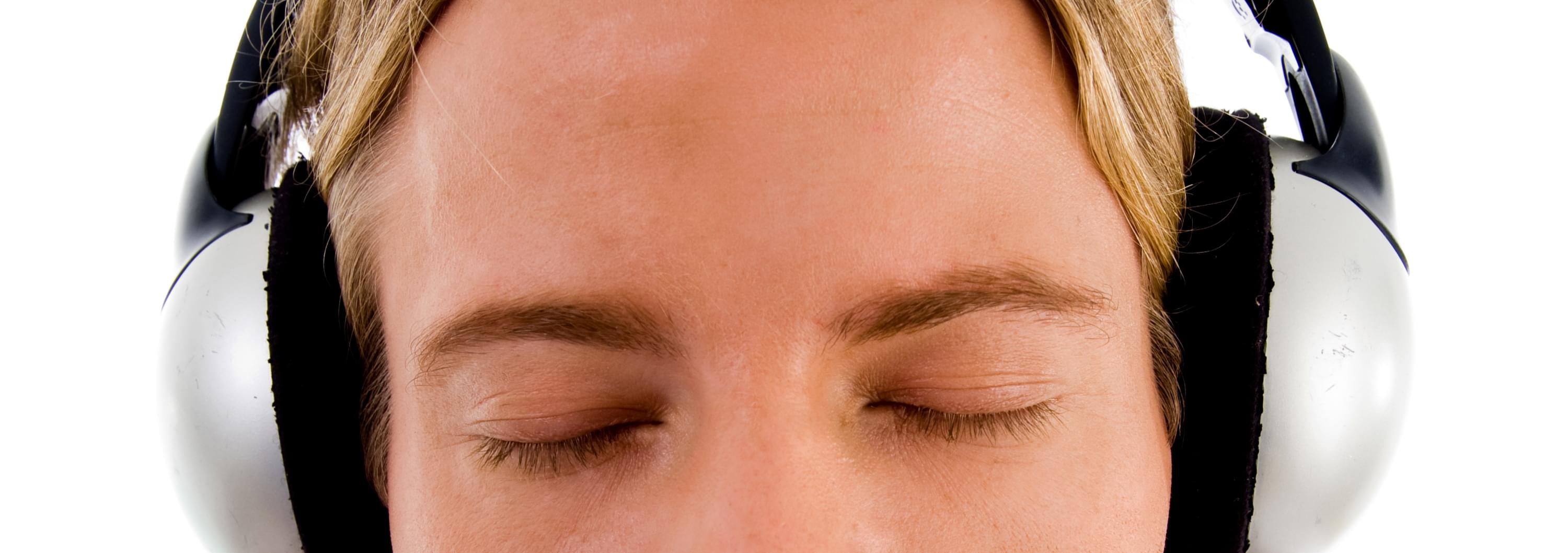
And could you train your ears to hear like that too?
Studies have shown that musicians simply hear music differently to non-musicians.
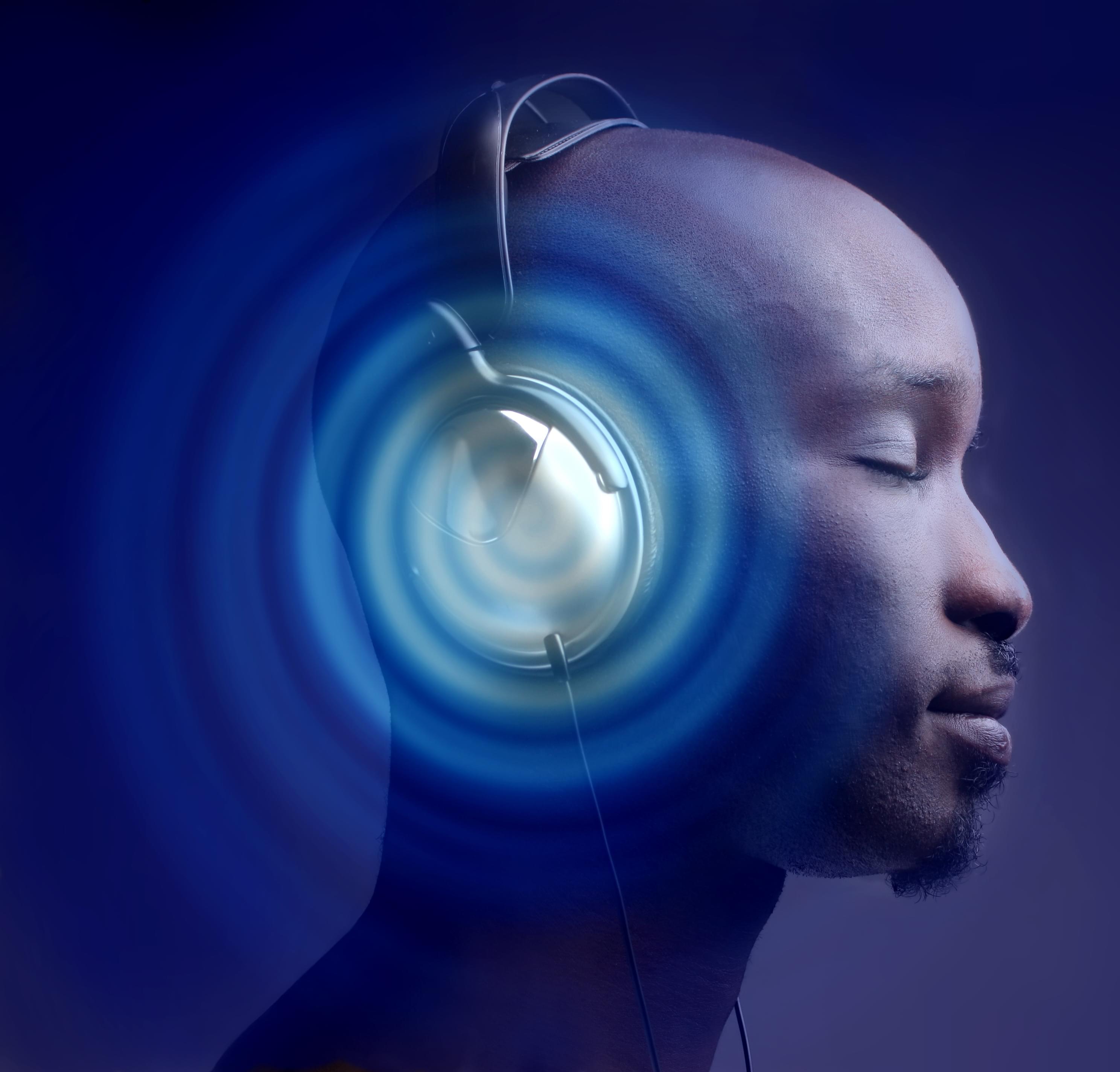
There is such a thing as the “MUSICIAN'S EAR” which hears a depth, detail and structure in music that non-musicians and most hobbyist musicians are oblivious to.
This kind of awakened musical ear can develop passively over years or decades spent playing - but the process is dramatically accelerated when you use a process called ACTIVE LISTENING...
What Is Active Listening?
Put simply, "Active Listening" means your brain is truly engaged in the activity of listening.
Although most of us experience music in our lives every day, we’re mostly just hearing - we're not actually listening.
And even when we do pause to pay attention to some music, it’s often with just a vague sense of paying attention. We try to absorb and observe what we can - but it can feel hard to really get a grip on what you’re hearing or go beyond the surface level.

Active listening gives you a new way to listen to music which is structured and methodical, so that you uncover rich new depths and details. It is entirely flexible and versatile, so it can be used for a wide variety of purposes and across any style of music or musical situation.
So how do you do it?
Active listening means being 100% present in the moment, engaged in listening to the music.
But it's a bit like trying to learn mindfulness meditation: if all you do is try hard to “be present” - it’s actually incredibly hard to keep your attention and focus!
It’s far more helpful if you have a specific thing to focus your attention on.
At Musical U we call this
“listening with a question in mind”.

Not because you want the answer to the question (though often you will find it!) - but because when you do this you bring a particular kind of engaged curiosity to your listening.
With the right questions and some guidance on how to do active listening most effectively you can improve quickly - and enjoy the benefits literally from day one!
Active listening gives you the ability to hear a piece of music and actively pick it apart by ear in your mind.
We’re talking about things like:
- Hearing immediately what instruments are present - and what role each one is playing.
- Focusing in on each aspect of the music, like the melody, harmony, rhythm, instrumentation - and how they all interrelate.
- Hearing the form of the piece, how it's divided up into different sections and moves between them.
- Noticing the specific things the composer or song writer has done to shape the song and arrange it in an effective way.
- And more...
It's like taking your musical mind out on adventures.
Every piece of music you hear becomes a new opportunity to improve your musicality even further.
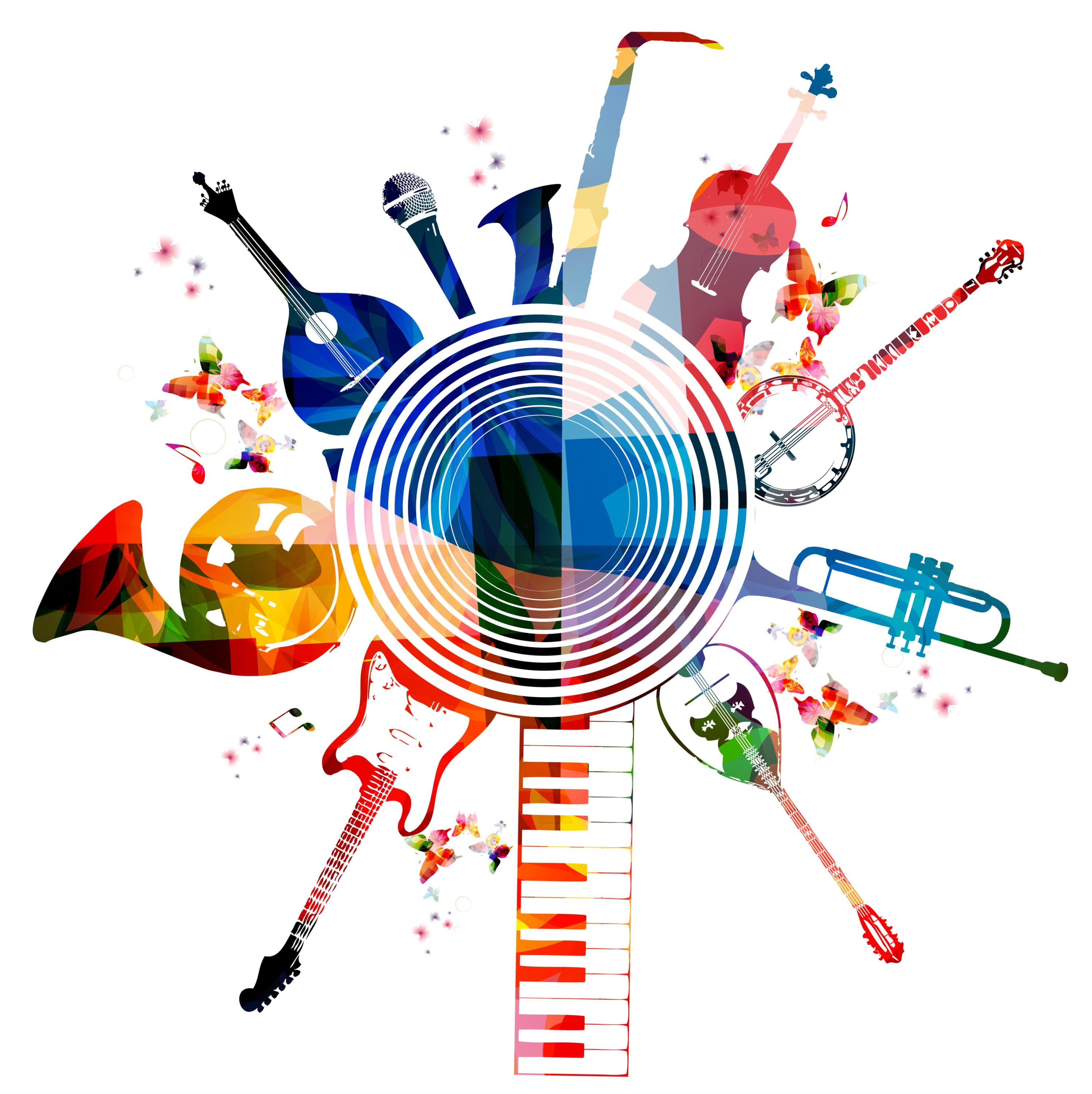
Active Listening Helps You… Hear It All
Music is almost always built up of multiple parts all layered together, to create a cohesive whole.
In modern music production there’s what’s called a “multi-track” recording where each part has its own independent recording and can be heard or adjusted in isolation before creating the final stereo mix.
Without active listening you’ll typically hear just that final mix, the “whole” which all the individual parts combine into. One big mass of sound. Maybe one or two parts stand out to you, such as the vocals or the instrument you play yourself, but it’s mostly one big sound.
Can you imagine being able to hear each and every layer clearly?
Like your ear is actually hearing all the individual multitrack parts independently as well as how they combine together to create the overall sound?
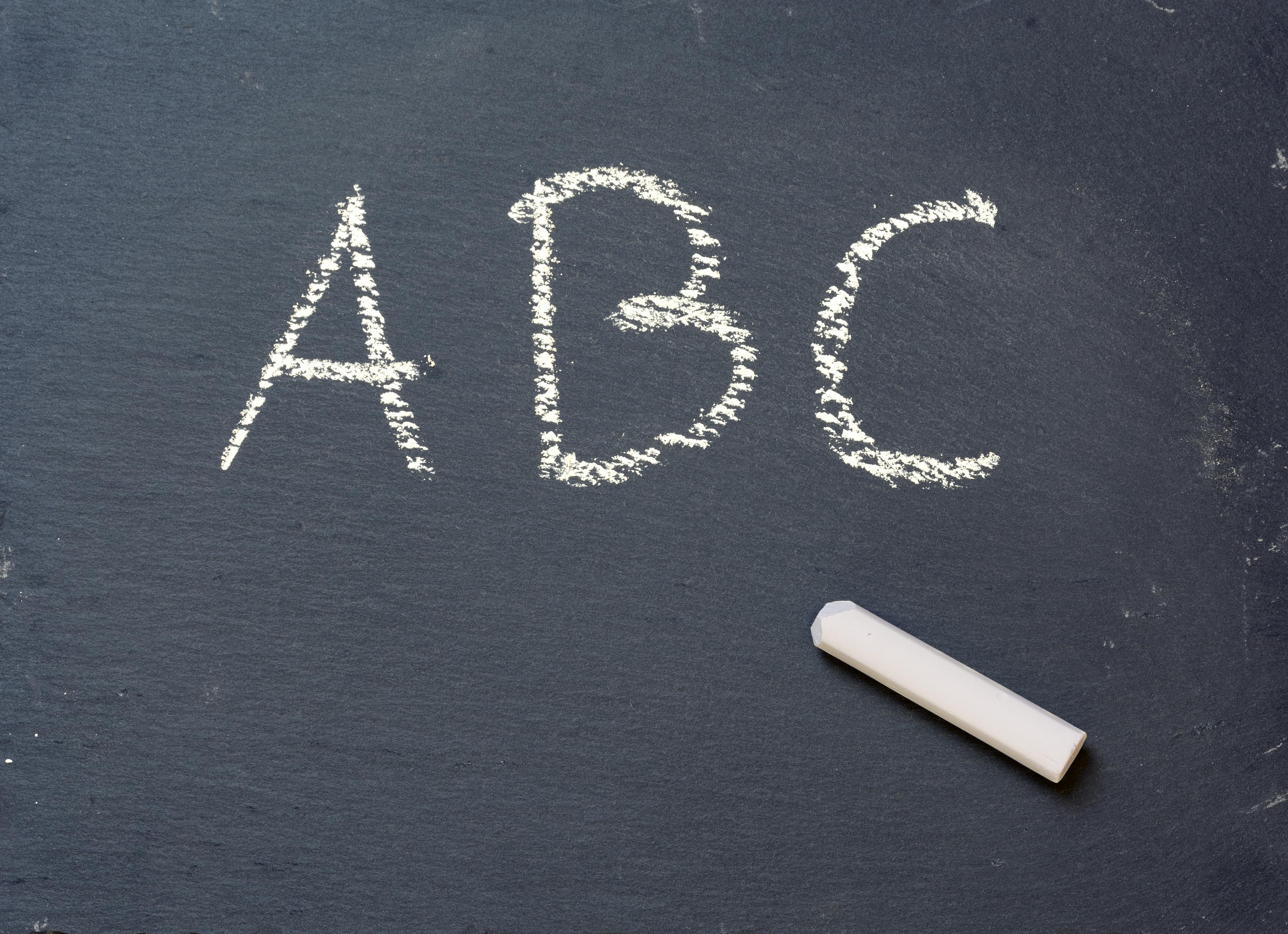
It’s a bit like learning to read...
Before you can read, a page of text just looks like a mess of squiggles on the page. As you learn to recognise letters, and then words, and then understand sentences, that page of squiggles transforms into something with clear structure and meaning.
And what’s more, once it has that structure and meaning you actually see the page in a whole new way. You actually perceive it differently because your brain understands how to make sense of the raw information.
The same thing happens to music with active listening. And once you “make sense of the squiggles” it’s hard to remember how you ever put up with everything just looking like a disorganised blur.

Active Listening Helps You… Enjoy More Deeply
If somebody’s never learned to read, or had only ever experienced the world by looking at 2D images on a television screen, it would be hard to convey to them just how much they’re missing out on.
To go from a blur of squiggles on a page to the boundless world of literature and all the adventures it offers…
To go from being shown fixed 2D images on a screen to actually stepping into the real world…

Or to flick a switch and transform a world of black-and-white into a world of vivid, living colour.
Imagine that kind of transformation for the way you experience all the music you love, hear and play.
However much you love and enjoy music at the best of times right now - think how that would be amplified if you were dramatically more sensitive to everything happening in the music and had an easy, natural understanding of how it all fit together.
… And Even More!
As if transforming your enjoyment of music wasn’t enough, active listening has major knock-on benefits throughout your musical life...
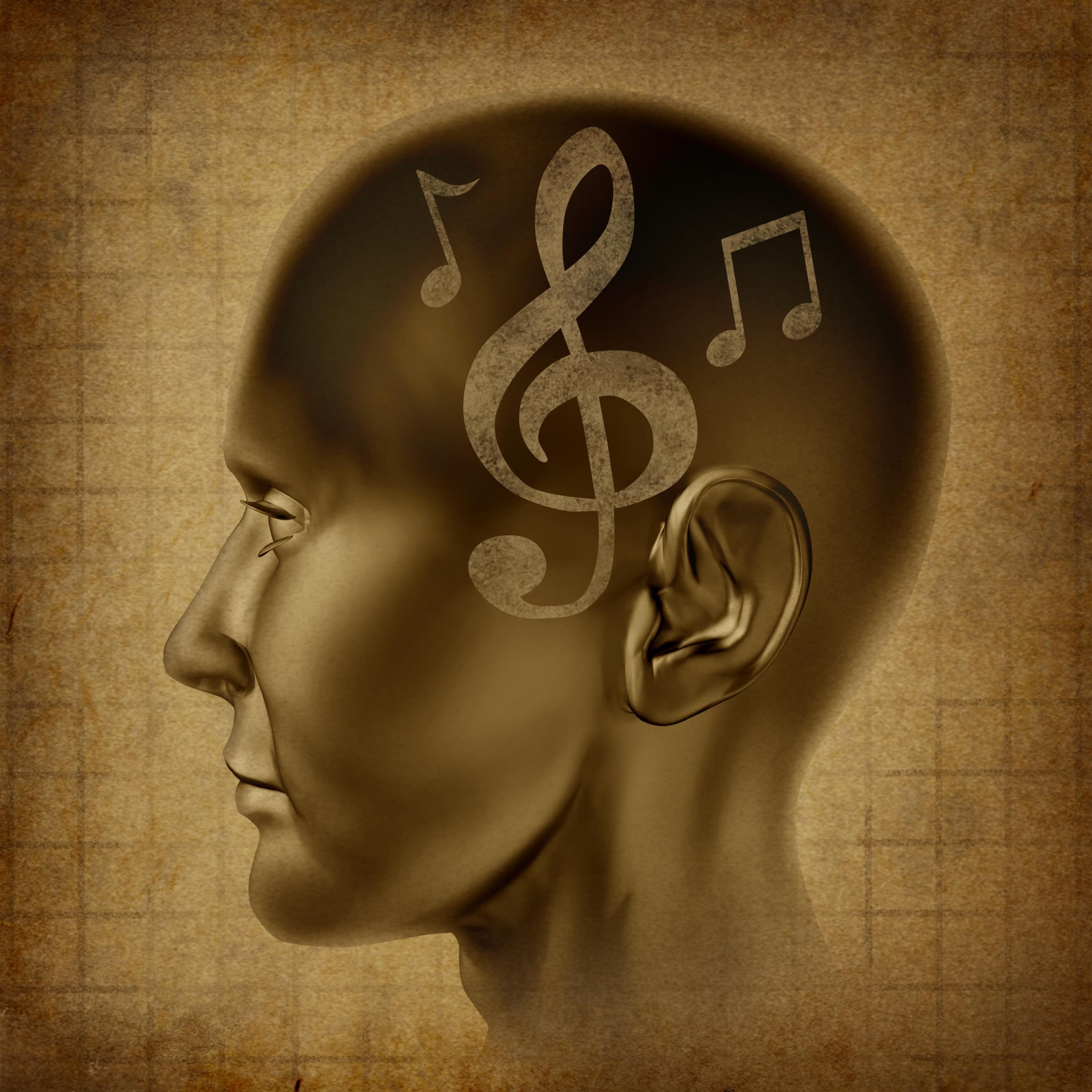
Audiate
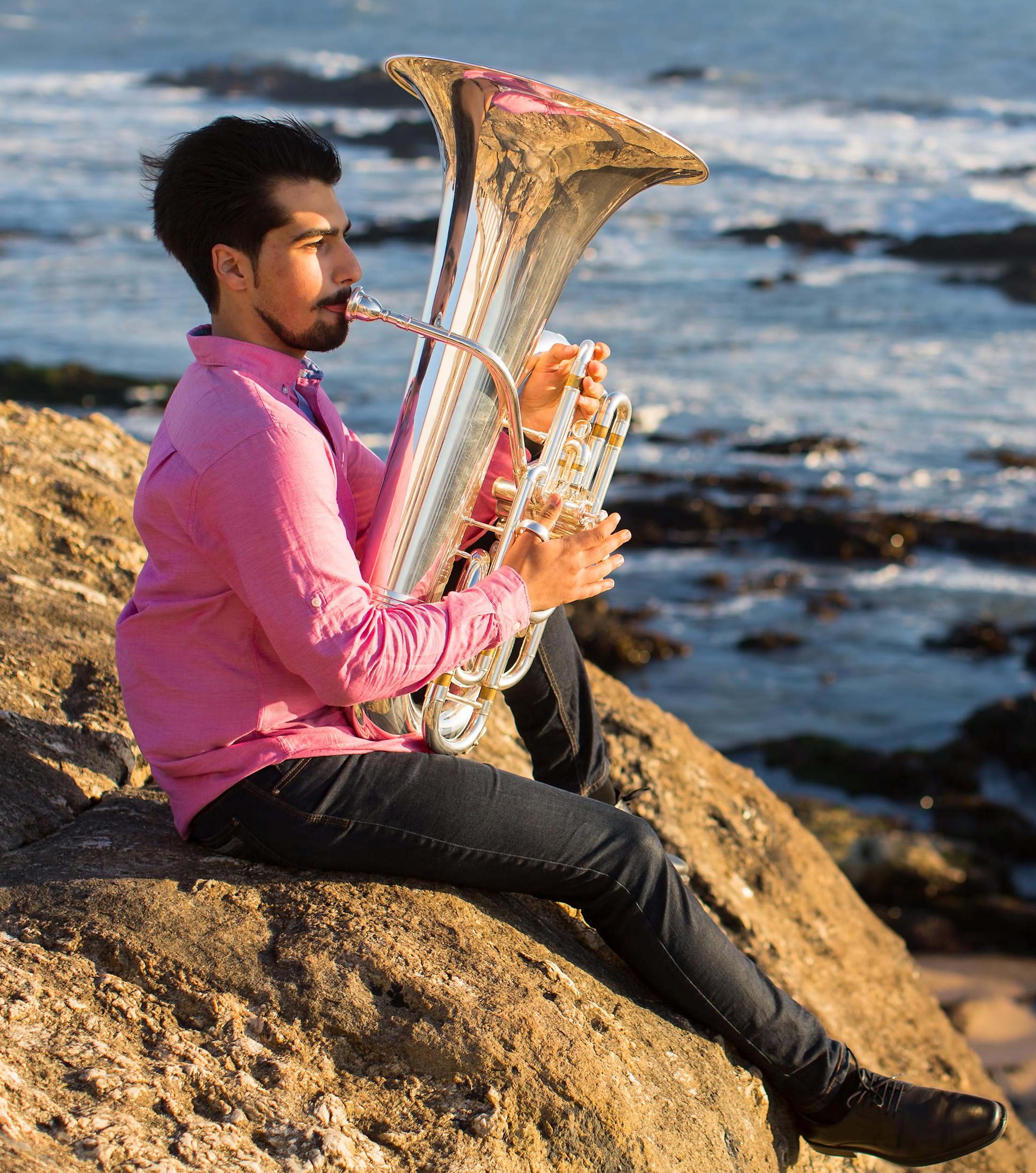
Memorise
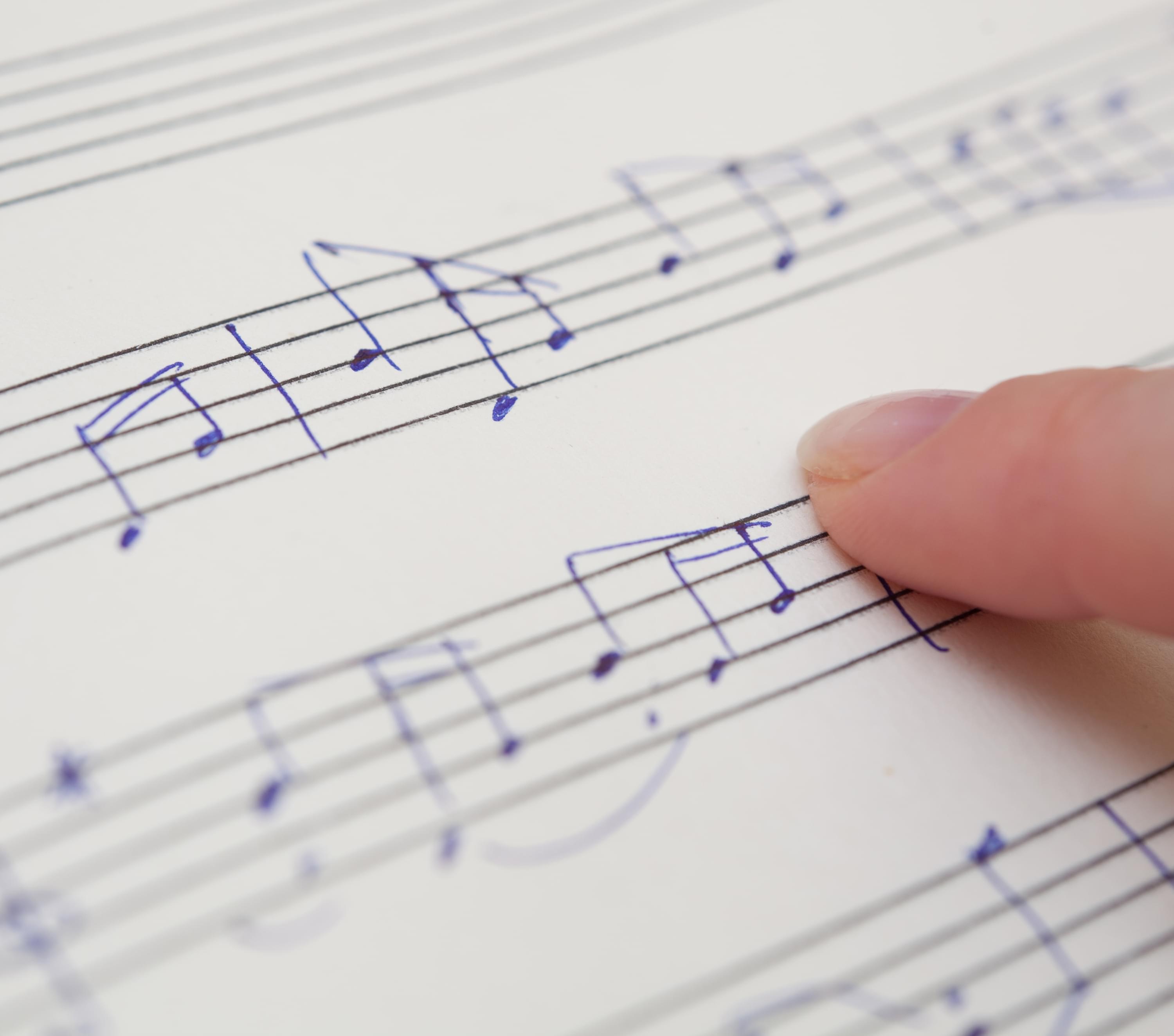
Follow Music
(Never Get Lost Again!)
The biggest cause of musicians losing their place in a piece of music or forgetting what comes next is that they lack the overall structural understanding of how the music is put together.
When a piece is just a stream of meaningless notes you’re trying to remember it’s hard for your brain to latch on to anything firm and keep its bearings.
Through active listening you learn to instinctively put structures onto the music you’re learning so that it becomes second nature to have a clear sense of where you are in the piece. You quickly find that “getting lost” becomes a thing of the past - and if it does occasionally happen you find it easy to quickly re-find your place because the piece now has a meaningful structure in your mind.
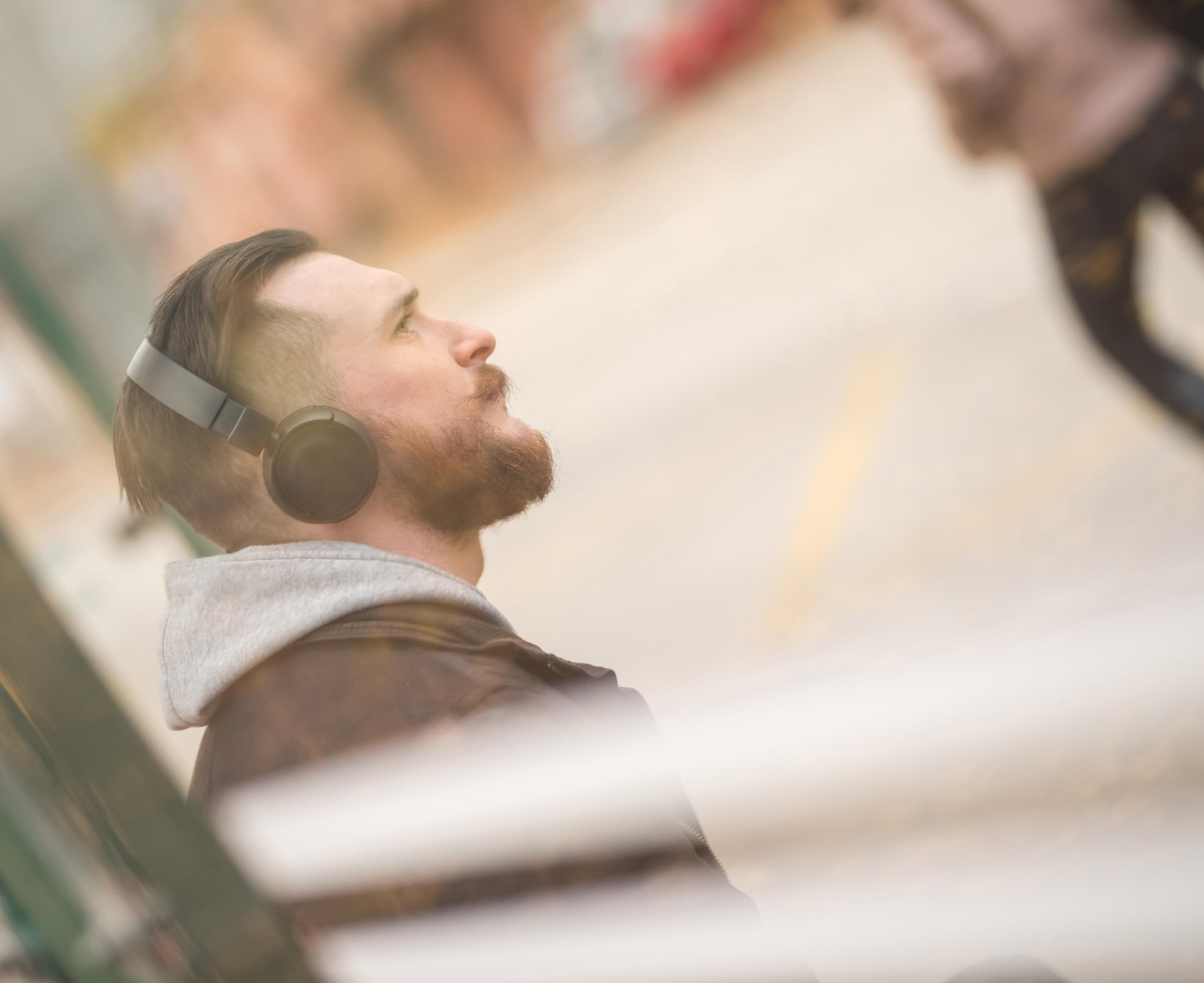
More Practice Time

Write And Arrange Music
If you understand how different parts of the music fit together, how different sounds and instruments combine together, how a piece of music is organised into verses, choruses, different musical sections.
If you can listen to pieces of music from different eras that you like, and you can recognise all the different elements and how they come together - all this is then invaluable in creating your own music.
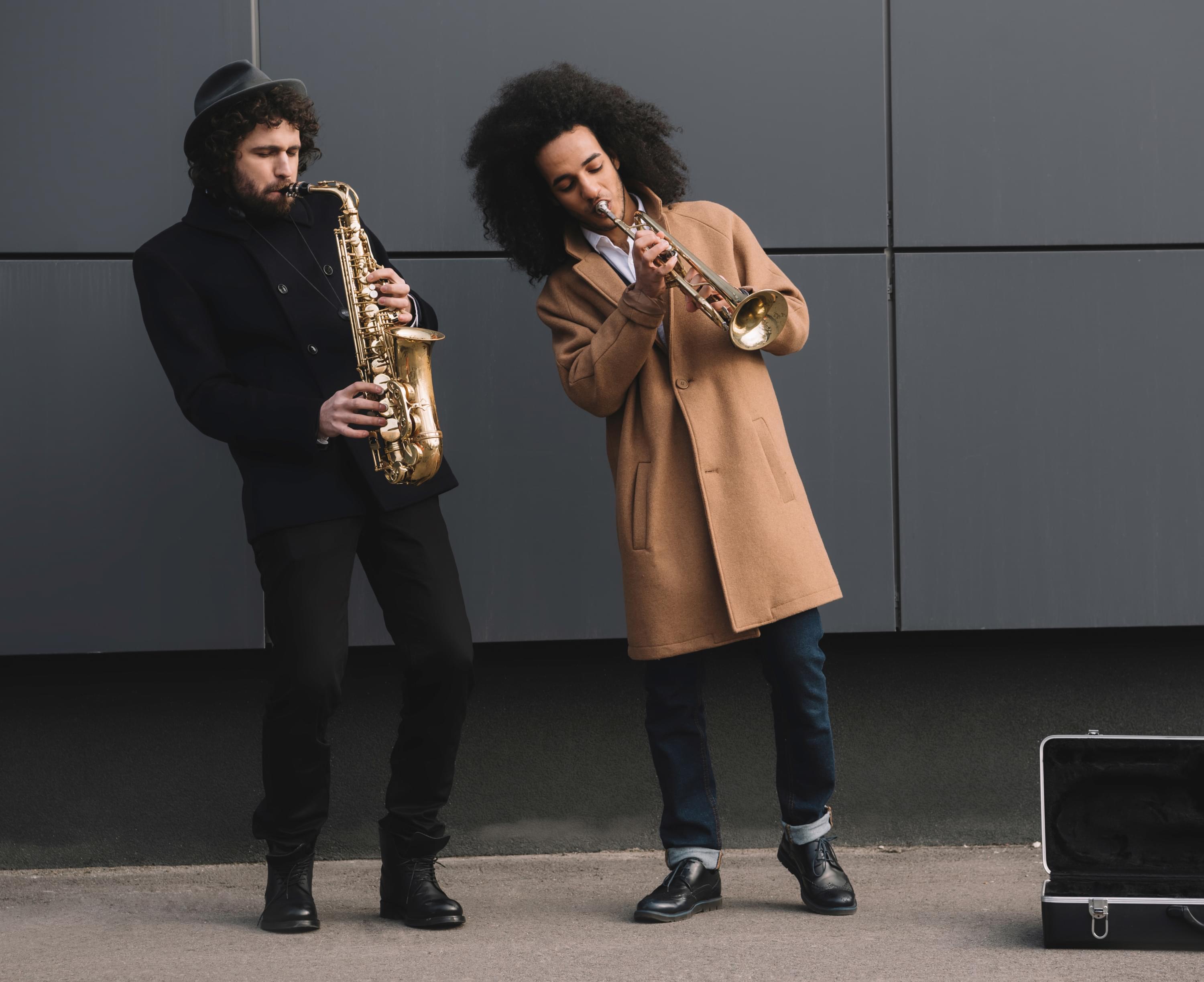
Play By Ear And Improvise
Although active listening alone won’t teach you to play by ear or improvise it can considerably accelerate your learning of those skills.
With active listening you learn to understand the underlying structures in melodies, chord progressions, rhythms and more, so that you have a bigger mental database of common patterns.
This “mental database” then provides you with a variety of useful building blocks to feed into your playing by ear or improvising, letting you handle more sophisticated situations and challenges with both than you could tackle without incorporating active listening into your musicality training.
It's Yours Forever
Active Listening is an activity but it’s also a transformative process.
Meaning: the impact lasts forever.
Because we're working at the level of awareness and understanding, these are abilities that once put in place, you'll have for life.
At any time you'll be able to "switch on" your active listening and instantly hear more and understand more in the music around you.
You’ll enjoy it so much you won’t want to stop actively doing it - but you’ll also find your newly-awakened ears revealing exciting new depths and details to you even without trying.

Any time you hear music, with zero effort required - for the rest of your life.
Introducing...
A New 10-Week Course From The Leading Provider Of Musicality Training
To Teach You Active Listening - And Transform How You Experience Music
"It’s like sitting down with your amazing musician friend and having them not only explain what they’re hearing - but helping you to hear it too."
The Musician’s Ear provides two components to first help you learn active listening and then get hands-on practice using it:
- The Active Listener’s Handbook: Your in-depth guide, explaining from the very beginning what active listening is, and how to do it. No prior knowledge required.
- 10 weekly “Listening Guides”. Each one walks you through applying the active listening process to particular songs across a variety of genres. Every week focuses on a different theme and gives you the specific questions to ask along with sample answers and explanations to help you develop the skill in your own independent but supported way.
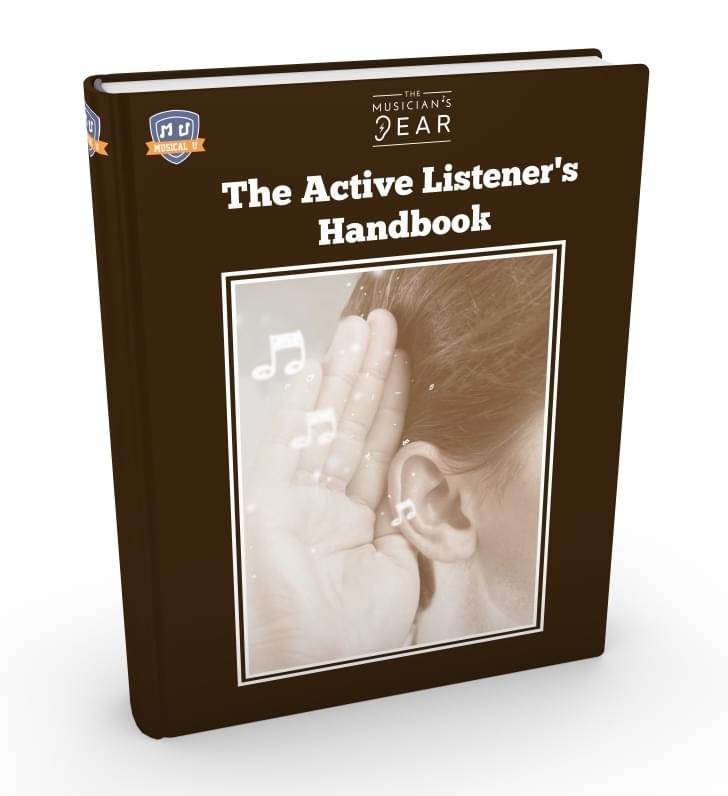
The Active Listener’s Handbook
This 3-part guide is packed with explanations and examples to help you easily absorb all the knowledge and understanding you’ll need to apply active listening to any music you choose.
The Handbook covers:
- The overall process of active listening
- The 4-Dimensional model which makes it easy to know how to approach a new piece of music
- How to use the concept of “form” at various levels to explore music in full detail
Inside The Handbook You’ll Learn...
- How active listening enhances and extends your natural musicality [p.3]
- What it means to "wake up" your ear to music [p.4]
- The two surprising side-benefits of learning active listening [p.5]
- The simple one-sentence definition of active listening that immediately transforms how you listen to music [p.7]
-
How active listening is similar to (and different from) "music appreciation" [p.7]
-
The one big idea that is the essential thing to know about active listening [p.8]
-
The easy-to-follow process of applying active listening to any song or piece of music [p.9]
-
A valuable add-on exercise you can do at the end of any active listening session to accelerate your improvement [p.10]
-
How to think, hear and talk "like a musician" [p.11]
-
The automatic transition you'll make from trying to do active listening, to having it happen 100% effortlessly [p.12]
-
Whether and how to combine active listening with ear training [p.12]
- How to know if you're "getting it right" (and why that might be the wrong question...) [p.14]
- Five ways you can "check your answers" when practicing active listening [p.16]
-
The four dimensions of a musical note and how this helps you hear much more [p.18]
-
What exactly lets us distinguish the same pitch played on different instruments [p.18]
-
How the energy carried by a sound wave is a crucial factor in music's effectiveness [p.19]
-
Four examples of how knowing about the four dimensions immediately enhances your musical listening [p.19]
-
The easiest way to start your active listening practice: what to listen for first [p.20]
-
What gives each instrument its characteristic sound and why that helps us [p.20]
-
Specific techniques instruments use to alter their sound in a variety of ways [p.21]
-
Why it's often your own instrument that stands out to you in a mix and which you already feel like you hear in more subtle detail than the rest [p.21]
-
One easy and effective way to start recognising different genres of music immediately [p.22]
-
The "inverse follow-my-leader" exercise that can reveal multiple hidden layers in the music [p.23]
-
How to leverage similarity and dissimilarity to help you perceive with more clarity [p.24]
-
The clever way active listening prepares you in advance for playing in a band or other ensemble [p.25]
-
The two fundamental ways of organising pitch in music (and how to hear each) [p.28]
-
How to listen for pitch even if your ears aren't trained at all (anyone can do this) [p.28]
-
The relationship between pitch, structure, phrasing and more [p.29]
- The two specific ways that note pitches move in a melody and how to learn to hear each [p.29]
- Different ways to think about and listen for chords and harmony in different musical contexts [p.30]
-
The hidden way that rhythms can emerge through harmony [p.30]
-
What the highness or lowness of an instrument's part can tell us about its role in the music [p.31]
-
How vocal pitch relates to the emotion in the words [p.31]
-
The difference between "beat" and "rhythm" [p.35]
-
One type of rhythm that can trip up even experienced musicians [p.36]
-
How to measure music with your ears [p.36]
-
A neat way to count beats and longer sections at the same time [p.37]
-
The advanced structures for rhythms and when they tend to crop up [p.38]
-
What exactly to listen for when it comes to the rhythm of a piece [p.39]
-
How the fastness or slowness of a piece overall can be heard [p.40]
-
What creates a sudden shift in the energy of a song when it's not just the volume [p.44]
-
The difference between dynamics and "micro-dynamics" - and how to hear each [p.44]
- The range of expressive articulations that are used to bring the notes to life [p.45]
... And That's Just The First Half Of The Handbook!
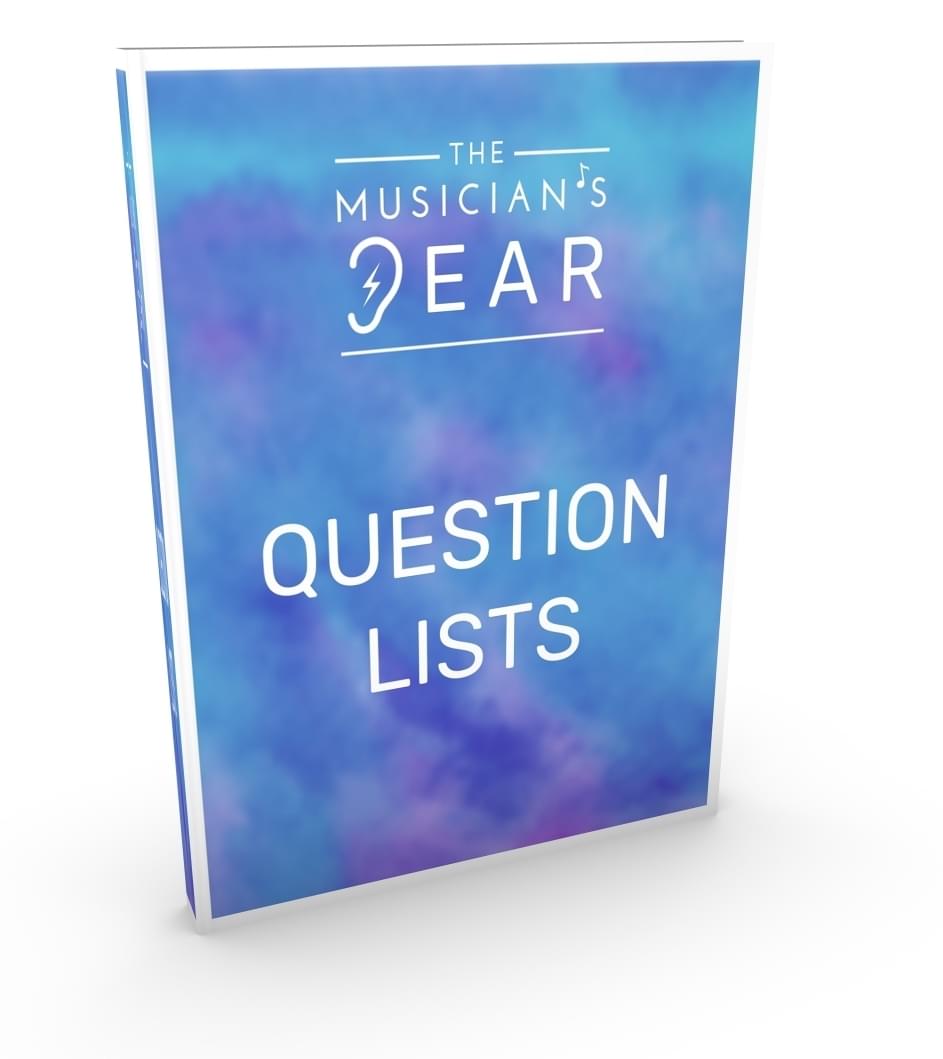
PLUS: Question Lists
The framework taught in the Handbook is to "listen with a question in mind" - but what questions?
As well as the various examples sprinkled throughout the Handbook we've distilled out the most valuable, versatile and revealing questions for each of the major areas you can listen for into this handy set of Question Lists.
These can be used like an easy "cheat sheet" any time you want to practice active listening. Just grab a question list and get listening!
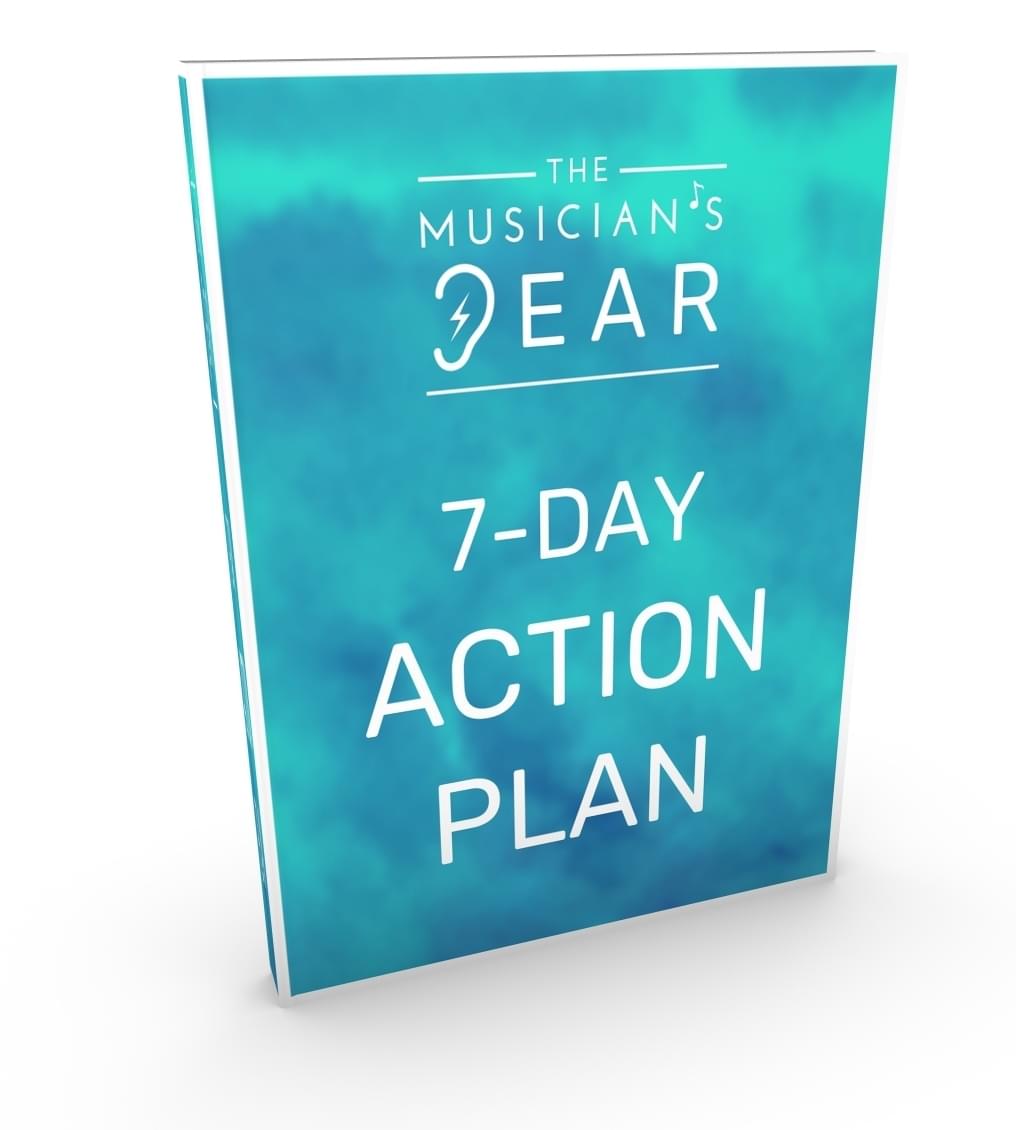
PLUS: 7-Day Action Plan
With everything covered in the handbook you might be feeling a bit overwhelmed by all the possibilities by the end!
That's why we're also providing a simple action plan you can follow for your first 7 days practicing active listening, to get you into the habit and open up some avenues to explore further.
Taking three of your own favourite songs, this action plan guides you through what exactly to do with a small amount of time each day for 7 days. The perfect way to get started!
“I have never been exposed to listening to music in such a layered manner with a lookout for instrumentation and voices in harmony with pitch, rhythm, melody contours, form and structure.
It is so interesting and the repertoire of music and genres, each in its own realm of superior artistry. Listening intently and in sync and submerging into the mix and flow of the music.
My listening has improved much from the various sessions and exercises.
I can hear myself talking and singing like never. Eureka!”
– Jerry S., The Musician's Ear student

To extend your knowledge and understanding even further and give you practical experience applying active listening, the Handbook is accompanied by...
10 Weekly "Listening Guides"

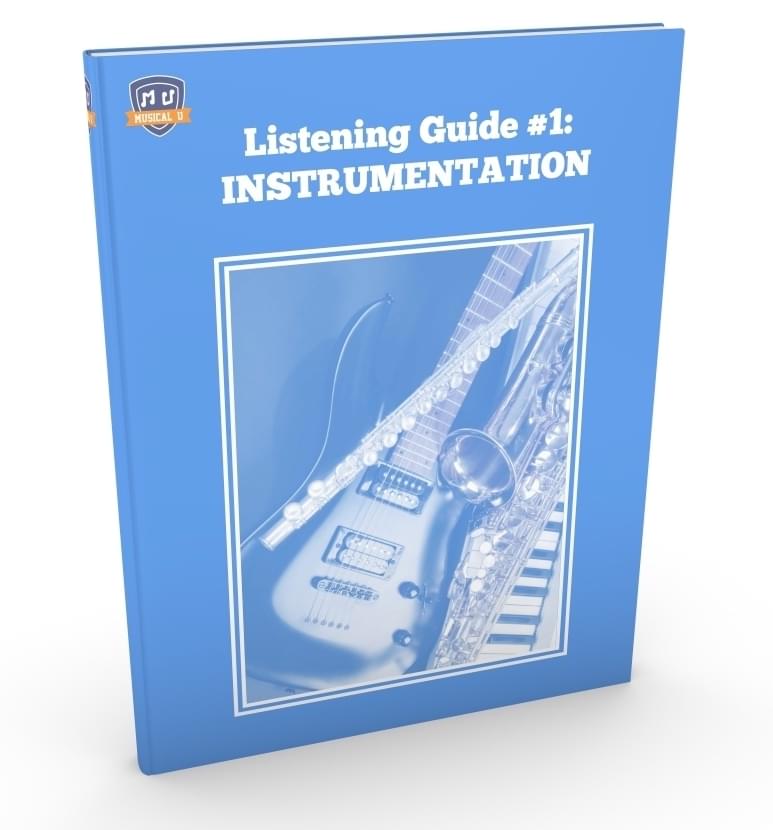
WEEK 1: INSTRUMENTATION
The best place to start with active listening is the simple question: What instruments are there?
This apparently simple question turns out to be the gateway to a whole range of interesting exploration of the layers, roles, and interplay between each part of the musical whole...
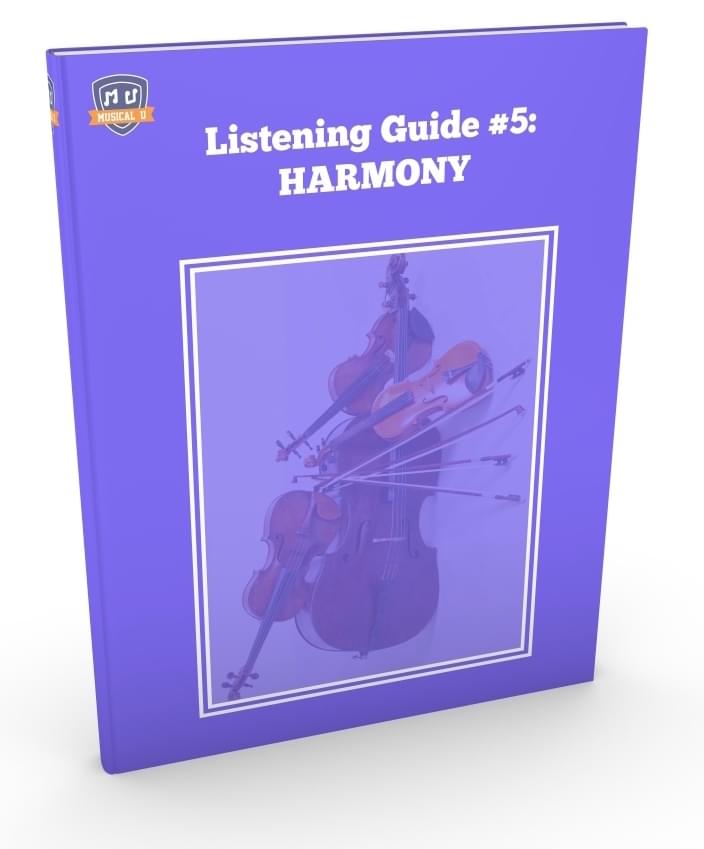
WEEK 5: HARMONY
Building on the explanations of different types and uses of harmony in the Handbook, this Listening Guide explores specific examples of how harmony is created, varied and developed over the course of a track.
Though many musicians consider harmony to be an advanced thing to listen for and understand by ear you'll discover that there's plenty that active listening can reveal to you...

WEEK 7: WESTERN CLASSICAL MUSIC
The first of two Listening Guides focusing on "classical" music, this guide examines tracks from the Renaissance, Baroque, and Classical eras and explores what characterises each one.
If you've wished you understood how classical music varied over the years and how some people can match a track to a century just by hearing it, this guide has riches in store...
“I’m learning to play the piano as an older adult. I found the Handbook gave me a very good overview of what to listen for in a piece.
I'm still only in the first guide, but even with that I notice a clear improvement in my listening skills.”
– John O., The Musician's Ear student

Act Now: Offer Ends Soon!
(Offer ends midnight Pacific Time on Sunday 5th May 2019.)

Meet your guide, Andrew
Andrew Bishko (MM in Third Stream Studies, The New England Conservatory of Music), studied piano and flute (classical and jazz) as a youth. He went on to become a multi-instrumentalist and composer, performing in a wide variety of world music genres - from Celtic to Klezmer, Native American flute, Reggae, Mariachi and many more. Andrew has been teaching private music lessons since the early 1990s, and before joining Musical U taught 21 years of music appreciation, music history, songwriting, and humanities college classes.
PLUS: SPECIAL LAUNCH OFFER
EXCLUSIVE 40% DISCOUNT AND BONUSES WORTH $98
THIS WEEK ONLY - DON'T MISS OUT!
BONUS #1: 10 "Fab Four" Listening Guides
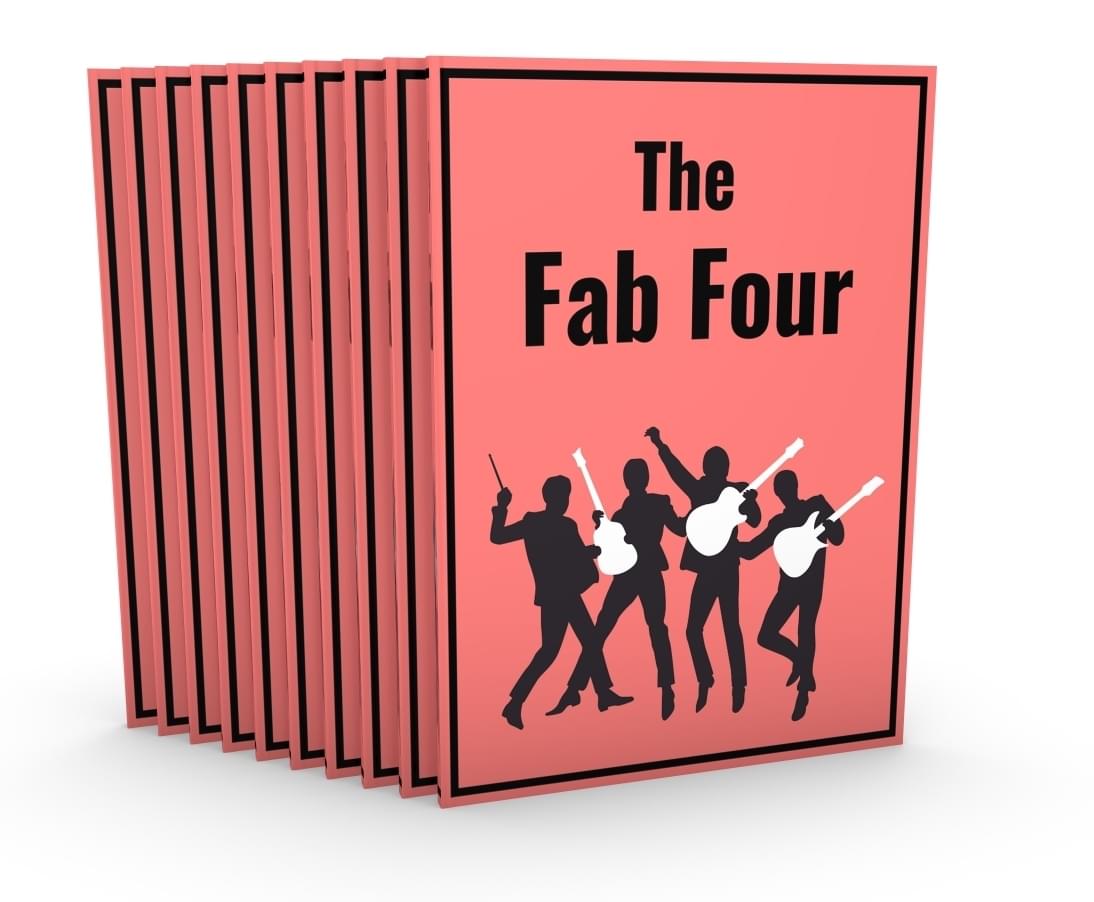
The Beatles had the ultimate "musician's ears" - so what better way to apply and extend your own active listening practice than with the music of the Fab Four themselves?
These 10 additional Listening Guides will walk you through applying active listening to ten classic Beatles songs, step by step.
Perfect to use in sync with the 10-week course or as additional study after - your choice!
Value: $49
BONUS #2: "Mindful Jazz Listening" Masterclass
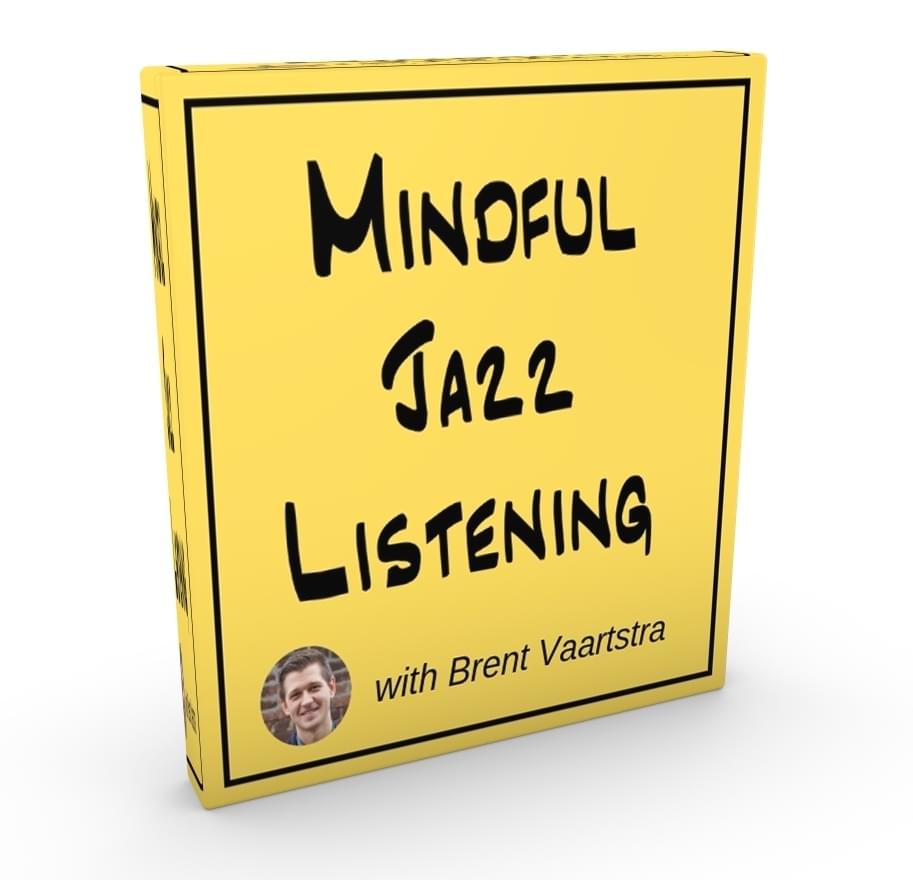
Jazz is a genre that many wish they understood better, and although it can seem complex or intimidating from the outside, with some effective active listening it becomes easy to follow and enjoy.
In this 2-part masterclass with one of the leading jazz educators of today, Brent Vaartstra of Learn Jazz Standards, you'll learn all about jazz form, the common instruments used, how the band members support and play off each other, and a whole range of specific details and techniques you can listen for in jazz from any era.
Value: $39
BONUS #3: Visual Listening Guide
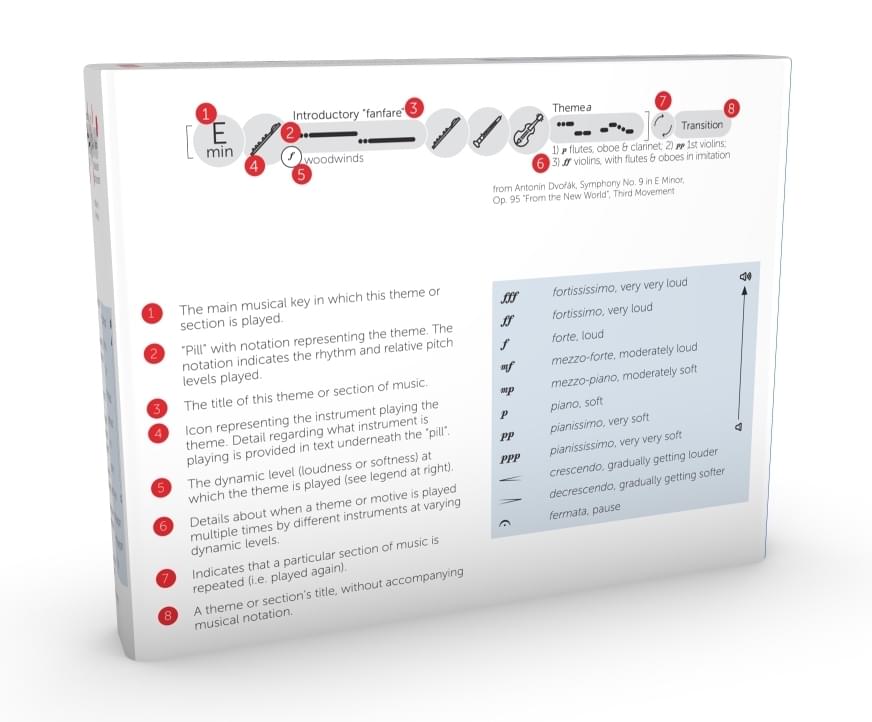
Sometimes you might find yourself wishing you could just see what you're trying to hear. This is especially the case with classical music, where there's often a full orchestra of instruments at work and the piece is much longer and more intricately structured than the typical 3-minute pop song.
Hannah Chan-Hartley of the Toronto Symphony Orchestra and Symphony Graphique has created an elegant solution: visual listening guides! These illustrations of the structure and form of a classical masterwork can make it far easier to tune in with your ears to what's going on.
Included as a bonus is the Visual Listening Guide for Symphony No. 40, First Movement, by Wolfgang Amadeus Mozart.
Value: $10
Imagine the transformation that lies ahead of you.

It's like going from 2D to rich, multi-track 3D,
... from black and white to vivid colour,
... from a blur of squiggles to clear, compelling words on a page,
... from hearing like a fan - to hearing like a musician.
You'll experience the difference from day one - and over the course of ten weeks it will completely change the way you experience music.
For the rest of your life.
And you don't need to take our word for it.
Try it for yourself, risk-free:
100%
GUARANTEED

We are so confident that you’ll love this training course and be delighted with the way it transforms your experience of music that we are covering it with a 90-Day 100% Money-Back Guarantee.
Buy Now And Here’s Everything You Get:

- The Active Listener's Handbook
- 10 Weekly Listening Guides
- Question Lists For Each Essential Area
- 7-Day Action Plan
Regular Price
Regular Price:
- Bonus 1: 10 "Fab Four" Listening Guides (value: $49)
- Bonus 2: Mindful Jazz Listening Masterclass (value: $39)
- Bonus 3: Visual Listening Guide (value: $10)
Total Value:
Total Value:
Your Price Today:
$69 (PDF) or
$79 (PDF+web)
Your Price Today:
$69 (PDF) or $79 (PDF+web)
Choose Your Package:
PDF ONLY
PDF+WEB COMBO
Secure Online Payment.
Fully Covered by 90-Day 100% Satisfaction Guarantee.
Act Now: Offer Ends Soon!
(Offer ends midnight Pacific Time on Sunday 5th May 2019.)
“Musical U is one of the best, most devoted resources on the internet for musicians who are serious about growing their musical skills. I am constantly amazed at the depth of insight and the quality of resources that are available.
They are an innovative team that is always looking for better ways to reach their audience and provide tools to help others succeed in their musical endeavors. I am grateful for the wealth of knowledge and expertise that they continually contribute to the music world!”
– Natalie Weber
From leading music teachers site Music Matters Blog
From leading music teachers site Music Matters Blog

“Seriously top notch.
Whether you’re a hobbyist, pro, teacher, or enthusiast, you’re bound to find something that sparks your interest here!”
– Sarah Campbell.,
From Sara’s Music Studio and Upbeat Piano Teachers
From Sara’s Music Studio and Upbeat Piano Teachers

Frequently-Asked Questions
Q: Is this suitable for:
- beginner/intermediate/advanced musicians
- non-musicians
- people who play guitar/piano/bass/other instruments?
- people interested in pop/rock/jazz/classical/other genres?
In short: yes!
If you yearn to hear more and understand more in the music you love - then this course is for you.
It's designed to be accessible with no prior musical knowledge or training and will take you through to a sophisticated level of musical listening.
Your enhanced hearing will benefit you, whatever instrument you play, including singing - or if you don't play anything but just love listening to music.
The material is relevant across all genres and you'll find that the Handbook and Listening Guides cover a wide range of genres explicitly, both classical and modern.
Q: Do I need to know music theory or have studied music before?
No. No prior knowledge of music theory is required and it's not necessary to have studied music before beginning the course.
Q: Is this suitable for classroom use or use with children?
It is not designed for either purpose. This course is intended for adults to use in a self-study context (with online support from our team).
We're happy for teachers and parents who purchase the course to use it with their students or children as they see fit (at no extra charge) but we have not designed it with that use case in mind and unfortunately cannot offer support for it.
Q: What's the difference between active listening and "music appreciation"?
Often people use these two terms interchangeably but they're not quite the same.
So in summary: if you take a typical "music appreciation" class, you'll likely be taught to try to remember someone else's opinion and insights about what's happening in particular music tracks. If you learn "active listening" then you're equipping yourself to develop your own opinions and insights about any music you hear.
"Music appreciation" is typically taught as information to be learned, and often heavily focused on music history: understanding the historical musical context and the "rules" behind musical compositions. It's often focused almost exclusively on classical music of various eras.
"Active listening" is more an applied skill than a set of information to be learned. Although you can and will benefit from being told lots of useful information, the skill itself is something you learn by doing - and there are no real "right" answers. The only goal is to become as aware as possible of what you're hearing and understand as much as possible what's happening in the music.
So in summary: if you take a typical "music appreciation" class, you'll likely be taught to try to remember someone else's opinion and insights about what's happening in particular music tracks. If you learn "active listening" then you're equipping yourself to develop your own opinions and insights about any music you hear.
Q: What's the difference between active listening and "ear training"?
The two are similar and related, but not the same.
In a nutshell:
- Active listening gives you the "big picture" understanding of how music works as well as a highly-sensitive awareness of everything that's present at any given moment of any given music track. This enables you to hear more, enjoy more, and gives you a valuable big-picture understanding of how music works that can feed into skills in playing, performing, composing and more.
- Ear training teaches you to identify by name (or categorise) particular notes, chords, rhythms, or other individual musical elements you hear. This can then be used to e.g. play by ear, improvise, or write your own music.
It's possible to learn one but not the other, but the two go beautifully together: ear training helps you do active listening, and active listening helps you get more benefit from your ear training. The best (and happiest!) musicians will have studied both.
Q: How exactly does the course work?
After purchasing you'll get immediate access to The Active Listener's Handbook, including the Question Lists and 7-Day Action Plan. That will get you up to speed with what active listening is and how to do it, and the action plan will make it easy to get started using your own music collection.
On the following Monday you'll receive the first Listening Guide and can start working through the walkthrough tutorials inside. Each Monday after that you'll receive another Listening Guide until you have all 10.
The bonus "Fab Four" Listening Guides will also be delivered week by week over the 10 weeks. You will receive the Visual Listening Guide bonus along with a Listening Guide focused on Classical music and the Mindful Jazz Listening bonus along with the Listening Guide on jazz music. If you have a particular need to access these sooner please contact support and we'll see what we can do :)
If you purchase the "PDF+Web Combo" then as well as receiving access to the downloadable PDFs, you will get access to the multimedia-enhanced Handbook and each Listening Guides inside our online training website (which will be familiar to any existing members of Musical U or the Foundations of a Musical Mind course). That website is also where you can access unlimited personal help with the course materials throughout the 10 weeks and beyond.
Q: What if I can't start right now or I start but struggle to keep up? Can I go at my own pace?
It's no problem if you don't keep pace with the 10 week course.
Although the material will be provided over the 10-week time period, you keep access for as long as you need, so you are entirely free to start when you choose and go at your own pace.
Q: How much time does the course need?
The course is designed to be very flexible in terms of how much time you spend.
As with any training course, it depends how much you choose to practice applying each thing you learn. The amount of time it would take you to "go through" the material is relatively small - but to really acquire the skills will require time spent applying everything you've been learning about.
For example, the Handbook will take you a matter of hours to read and understand - but that alone could easily keep you busy for months on end, applying the teaching to your own music collection! The weekly Listening Guides can be run through in perhaps 30 minutes each week if you're speedy - but you could also happily spend an hour or two on each.
Q: How long will it take to learn these skills?
This is a bit like the question "How long is a piece of string?" - because the journey of developing your musical awareness is one that will continue for as long as you love music. There's no limited "end" point.
However, with that being said, the kind of transformation described on this page can be yours in a matter of weeks - and you will start experiencing that change and enjoying the benefits from your very first day of practicing active listening.
Q: What happens after the 10-week course ends?
You keep practicing active listening! :)
If you purchased the PDF package then the files will continue to work for you just fine.
If you purchased the PDF+Web Combo then you will also have access to the web version of the materials for as long as you need - and that includes personal support and guidance!
Q: What's the difference between the two versions (PDF vs. "PDF+Web Combo")? How should I choose?
Q: How does this compare to Musical U's other products (Membership and Foundations of a Musical Mind course)?
Q: What if I want the course but can't buy it this week during the launch?
The Musician's Ear will be available again in future.
However the regular pricing will be $99 (PDF) or $130 (PDF+Web Combo) rather than the discounted launch pricing of $69 (PDF) or $79 (PDF+Web Combo).
Additionally the bonuses (10 Fab Four Listening Guides, Visual Listening Guide and Mindful Jazz Listening masterclass) worth $98 are only available during the launch promotion.
If you want the best deal on this course and access to these exclusive bonuses, act now!
Act Now: Offer Ends Soon!
(Offer ends midnight Pacific Time on Sunday 5th May 2019.)
00Hours00Minutes00Seconds
© 2019 Musical U





